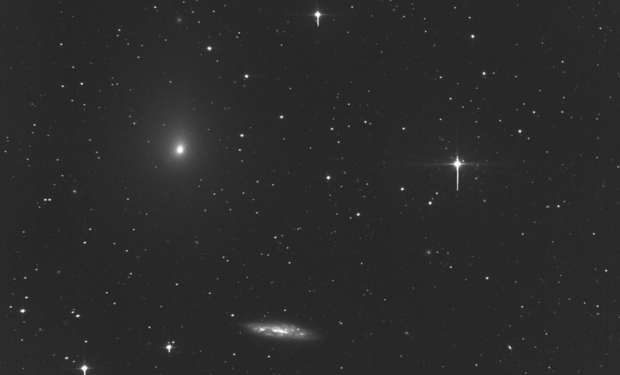No joke: April Fools' Day comet will make closest pass to Earth on record
April Fools’ Day will be full of pranks and practical jokes, and one (very real) comet.
Comet 41P/Tuttle-Giacobini-Kresak, now nicknamed the “April Fools’ Day Comet,” circles the sun every 5.5 years, and it’s in our vicinity this spring. The iconic comet’s next sighting will be extra special.
Expected to be traveling only about 13.2 million miles away — about 50 times the moon’s distance — from Earth, the comet will pass closer to us than at any return since its discovery nearly 160 years ago, according to EarthSky.org.
Comet 41P belongs to the “Jupiter comets,” a group of comets that have been captured by the gravity of Jupiter, forcing them in an orbit that takes them between the sun and the gas giant.
The comet’s perihelion point — the point in the orbit where it’s nearest to its orbital focus (the sun) — lies just outside Earth’s orbit, reports Space.com.
“This year, the perihelion passage occurs April 12, when the comet will be 97.1 million miles from the sun,” Space.com explained. “But because the orbit of the comet nearly parallels the orbit of Earth at this point, there will be a six-day period — from March 29 through April 3 — when Tuttle-Giacobini-Kresák will be very near to its closest point to Earth.”
The comet, which is located in the far-northern sky, appears to have a light green tint, which made it a particularly popular attraction on St. Patrick’s Day. It also means that stargazers will have a better chance of spotting the bright space ball.
“This comet is famous for major outbursts that make it highly variable in brightness,” NASA notes.
So if you’re in the northern hemisphere with dark, clear skies, you may be able get a glorious peek at the comet around 9 p.m. ET, but have a telescope or a set of binoculars handy.
Those in the Southern Hemisphere won’t be as lucky. Stargazers can also watch the action with astronomy website Slooh’s live stream, which will track the comet with its telescopes in the Canary Islands.




